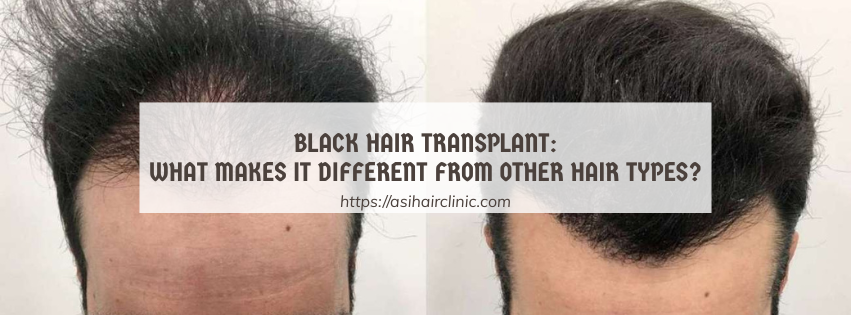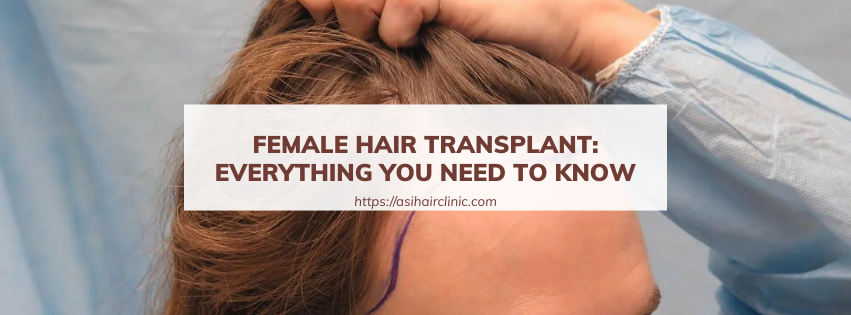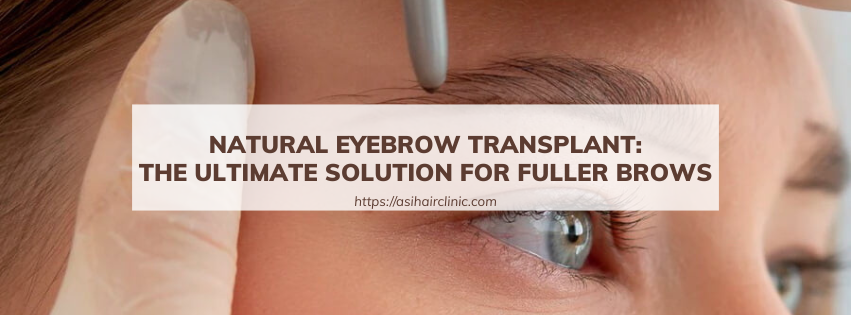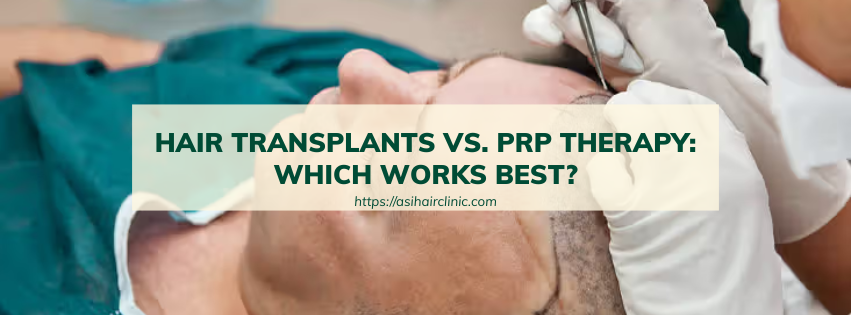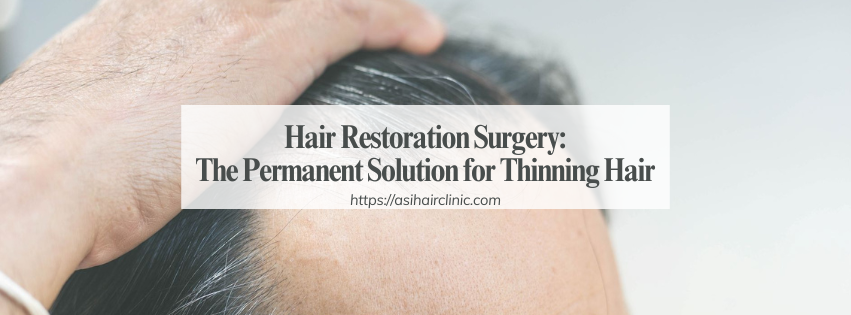Hair transplant: the solution for thinning hair?
Hair transplant has emerged as a beacon of hope for millions grappling with hair loss. As one navigates the complex world of hair restoration, understanding the nuances of this surgical procedure is crucial in determining if it is indeed the answer to thinning hair. This article provides an in-depth exploration of hair transplantation, its techniques, suitability, risks, and effectiveness, aiming to empower individuals in their quest for lasting hair restoration.
1. Understanding Hair Loss and Its Causes
Before diving into the specifics of hair transplantation, it's vital to comprehend the multifaceted nature of hair loss. Hair thinning or bald patches can arise from a variety of factors, each contributing to the broader picture of an individual's hair health.
Genetics plays a monumental role in determining how and when one might experience hair loss. A family history of androgenetic alopecia significantly increases one's susceptibility to thinning hair. This genetic predisposition often manifests as male or female pattern baldness, recognizable by distinct patterns on the scalp.
Hormonal changes are another primary culprit in hair loss cases. Fluctuations during significant life stages such as pregnancy or menopause can lead to varying hair growth cycles. Thyroid disorders can also contribute, underscoring the importance of hormonal balance in maintaining healthy hair.
Additionally, medications have been known to cause hair loss as a side effect. Chemotherapy drugs, for instance, are infamous for triggering temporary alopecia, while other medications like blood thinners and antidepressants can result in hair thinning. Understanding these connections allows individuals to connect their health history to their current experiences with hair loss.
Several medical conditions can adversely affect hair growth as well. Alopecia areata, an autoimmune disorder that causes sudden hair loss, lupus, and various scalp infections can all lead to noticeable thinning. Factors such as stress can precipitate telogen effluvium, resulting in widespread shedding, while nutritional deficiencies in essential vitamins and minerals can stymie hair growth efforts.
Finally, hairstyling choices and treatments can play a surprisingly pivotal role in hair health. Tight hairstyles, excessive heat styling, and harsh chemical processes can damage hair follicles over time, causing breakage and thinning.

2. What is a Hair Transplant?
A hair transplant is a specialized surgical procedure aimed at restoring hair to areas of thinning or balding. By relocating hair follicles from a donor area-typically the back of the head-to balding or thinning regions, this technique seeks to create a fuller and more natural-looking hairline.
The intricacies of the hair transplant process involve various techniques, each tailored to meet individual needs. As the industry has evolved, two predominant methods have emerged: Follicular Unit Transplantation (FUT) and Follicular Unit Extraction (FUE).
2.1. Follicular Unit Transplantation (FUT)
In the FUT method, a strip of skin containing healthy hair follicles is meticulously harvested from the donor area. The surgeon then dissects the strip under a microscope into individual grafts, ensuring they contain 1-4 hairs per unit. These grafts are implanted into small incisions made in the recipient area.
One notable advantage of FUT is the capacity to transplant a larger number of grafts in a single session. This technique proves particularly effective for individuals experiencing extensive hair loss, as it maximizes the number of follicles transplanted at once. However, patients may experience discomfort and swelling post-surgery, and a linear scar will remain at the donor site, which could be visible if the surrounding hair is short or sparse.
2.2. Follicular Unit Extraction (FUE)
Conversely, FUE involves extracting individual hair follicles using a small punch-like instrument. This minimally invasive technique results in less noticeable scarring, making it an appealing choice for those concerned about post-operative aesthetics. The absence of a linear scar allows for more versatile styling options in the future.
While FUE offers several advantages-including a faster recovery time and reduced discomfort—it can prove to be a lengthier and more labor-intensive process, particularly when addressing larger areas of hair loss. In some instances, multiple sessions may be required to achieve desired results.
Both techniques have revolutionized the approach to hair restoration, giving individuals the opportunity to regain their confidence through a renewed hairline.
3. The Hair Transplant Process: From Consultation to Recovery
Embarking on the journey toward hair restoration through transplantation involves several critical steps. Each phase is designed to ensure patients receive the best possible care and achieve optimal outcomes.
3.1. Consultation and Evaluation
The initial consultation is a pivotal moment in the hair transplant journey. It typically involves a thorough assessment by a qualified surgeon who specializes in hair restoration. During this evaluation, the surgeon examines the patient's hair loss pattern, assesses the quality and density of the donor area, and discusses the individual's expectations and goals.
This stage is crucial for establishing a personalized treatment plan that aligns with the patient's unique needs. Here, the surgeon may suggest the most suitable transplant technique based on the extent of hair loss and the quality of the existing hair. Blood tests and imaging may also be employed to ensure that no underlying health issues will compromise the surgery's success.
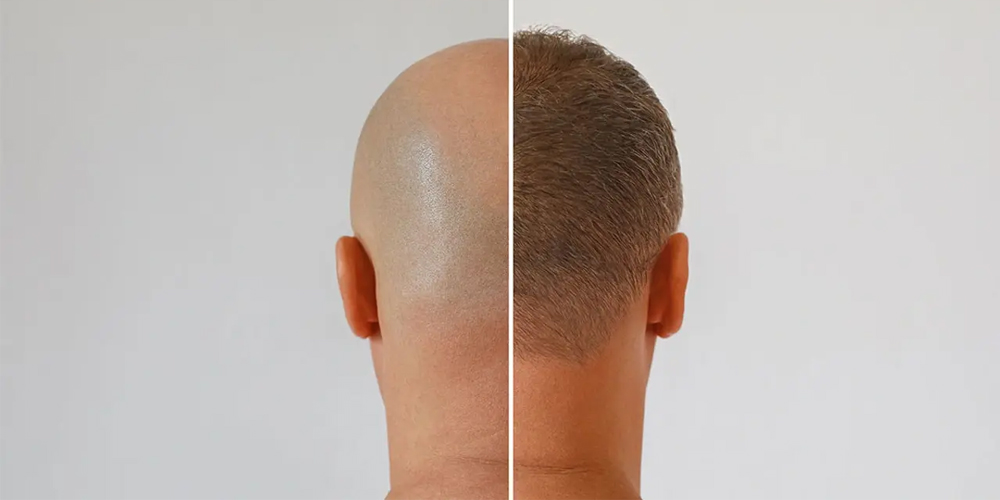
3.2. Pre-Operative Instructions
Once a treatment plan is agreed upon, the surgeon delivers detailed pre-operative instructions. These guidelines may include avoiding certain medications that could increase bleeding risk, refraining from alcohol consumption, and abstaining from smoking to promote healing.
Patients may need to wash their hair with a specialized shampoo before the procedure to cleanse the scalp and prepare it for surgery. Adhering to these pre-operative directives is vital for minimizing potential complications and enhancing the overall success of the transplant.
3.3. Surgery
The actual hair transplant surgery is usually performed under local anesthesia, allowing the patient to remain awake and comfortable throughout the procedure. Depending on the number of grafts to be transplanted, the surgery can last several hours.
During the operation, the surgeon carefully creates small incisions in the recipient area, where the harvested follicular units will be implanted. Precision and artistry are paramount, as the surgeon must consider the direction and angle of hair growth to ensure a natural appearance in the final result.
3.4. Post-Operative Care
Following the surgery, patients may experience swelling, bruising, and mild discomfort in both the donor and recipient areas. To facilitate recovery and minimize risks, the surgeon provides comprehensive post-operative instructions. These directives often include guidance on scalp care, pain management strategies, and lifestyle adjustments to avoid strain while healing.
Patients are typically advised to follow a specific hair-washing routine, avoiding vigorous scrubbing or exposure to direct sunlight. Strenuous activities should also be limited during the early recovery phase to reduce the likelihood of complications. Pain medication and antibiotics may be prescribed to manage discomfort and prevent infection.
3.5. Recovery and Results
The recovery period following a hair transplant is a gradual process marked by notable changes in hair growth. Although the transplanted hair follicles may shed initially, rest assured that new hair growth typically commences within a few months. Patience is essential, as the final results of the transplant usually become evident after approximately nine to twelve months.
Regular follow-up appointments with the surgeon are crucial during this period. These consultations allow for ongoing monitoring of the transplant's progress and enable patients to address any concerns or questions that may arise. Active engagement in the recovery process fosters a positive experience and enhances the likelihood of achieving desired hair restoration outcomes.
4. Suitability of Hair Transplant
While hair transplantation is a powerful solution for many dealing with hair loss, it is not universally appropriate for every individual. Various factors influence a patient's suitability for the procedure, and understanding these criteria can help guide decision-making.
4.1. Extent and Pattern of Hair Loss
One of the key determinants of eligibility for hair transplantation is the extent and pattern of hair loss. Generally, the procedure is most effective for individuals exhibiting a stable pattern of hair loss, characterized by identifiable areas of thinning or baldness. Candidates should ideally possess a sufficient donor area with healthy hair follicles available for transplantation.
For those experiencing rapid or progressive hair loss, surgeons may recommend alternative treatments or a wait-and-see approach until the pattern stabilizes. This cautionary measure helps ensure that the transplanted hair remains viable and contributes to long-term satisfaction with the results.
4.2. Overall Health
Overall health plays a critical role in determining an individual's candidacy for hair transplantation. Individuals with certain medical conditions-such as diabetes, heart disease, or autoimmune disorders-may require further evaluation. The surgeon must assess whether any existing health issues could complicate the surgery or impede recovery.
Moreover, patients should provide a comprehensive medical history during the consultation process. Transparency regarding medications, allergies, and previous surgeries enables the surgeon to formulate a safe and effective treatment plan tailored to the patient's unique circumstances.
4.3. Realistic Expectations
Patients considering hair transplantation must maintain realistic expectations regarding outcomes. While the procedure can significantly enhance hair density and improve the overall aesthetic appearance of the hairline, it may not result in a full head of hair akin to that seen in youthful photos.
Discussing expectations openly with the surgeon allows for alignment between the patient's desires and the achievable results. Understanding the limitations of the procedure is essential for fostering a positive perspective and ultimately enjoying the benefits of hair restoration.
4.4. Financial Considerations
Lastly, financial considerations play a vital role in the decision to pursue hair transplantation. The cost associated with the procedure can vary widely based on factors such as the chosen technique, the geographic location of the clinic, and the extent of hair loss being addressed.
Individuals seeking hair restoration should factor in not only the expenses related to the transplant itself but also potential follow-up treatments or maintenance. Exploring financing options and discussing payment plans directly with the clinic can ease concerns related to affordability and accessibility.
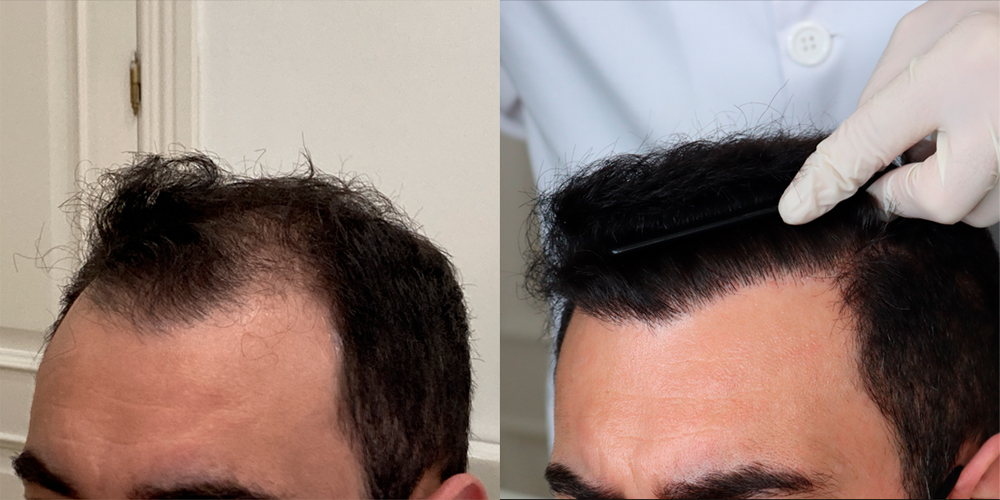
5. Risks and Complications
As with any surgical intervention, hair transplantation carries certain inherent risks and potential complications. Being informed about these possibilities empowers patients to make educated decisions and approach the procedure with awareness.
5.1. Infection
Infection, though uncommon with proper postoperative care, is nevertheless a potential risk associated with hair transplantation. Patients are typically prescribed antibiotics to minimize this risk and instructed on signs of infection to watch for during recovery.
Maintaining a clean and hygienic environment for the scalp is essential to promote healing and prevent complications. Following the surgeon's post-operative instructions strictly reduces the likelihood of infection and supports successful recovery.
5.2. Bleeding
Bleeding is generally expected following any surgical procedure; however, excessive bleeding can occur in rare instances. Surgeons often take precautions to minimize this risk, but patients should be aware of the signs of significant bleeding and seek immediate medical attention if necessary.
Understanding the potential for bleeding and proactively managing any discomfort can lead to a smoother overall recovery experience.
5.3. Scarring
Scarring represents one of the most commonly discussed concerns among prospective hair transplant patients. While FUT typically results in a linear scar at the donor site, FUE tends to produce smaller, less recognizable scars. The visibility of scars is influenced by factors such as hair length and texture, as well as individual healing tendencies.
It is important for candidates to engage in open discussions with their surgeon about scarring risks. Managing expectations regarding scarring can alleviate anxiety surrounding the procedure and foster a sense of empowerment in the decision-making process.
5.4. Pain and Discomfort
Postoperative pain, tenderness, and swelling are common experiences among patients recovering from hair transplantation. The level of discomfort can vary based on individual pain thresholds and the extent of the procedure.
Surgeons typically prescribe pain medication and offer suggestions to manage discomfort effectively. Employing these strategies can contribute to a more comfortable recovery period and enhance overall satisfaction with the results.
5.5. Uneven Hair Growth
In some cases, patients may observe uneven hair growth or variations in texture between the transplanted hair and surrounding hair. This phenomenon can result from several factors, including individual healing responses and the characteristics of harvested follicles.
Open communication with the surgeon is essential for addressing any concerns about uneven hair growth. Regular follow-ups and continued monitoring of hair development can provide insights into the evolving nature of the transplanted hair.
6. Hair Transplant vs. Other Hair Loss Solutions
When exploring options for addressing hair loss, it is essential to understand how hair transplantation compares to other available solutions. While numerous treatments exist, each comes with its own set of benefits, drawbacks, and efficacy levels.
6.1. Permanence
Hair transplantation stands out as one of the most lasting solutions for hair loss. Once successfully completed, the results of the procedure promise long-term restoration of hair density and hairline aesthetics. In contrast, topical medications such as Minoxidil or Finasteride require ongoing application to maintain results, and discontinuation can lead to reversal of any gains.
Temporary solutions, such as hair fibers, offer an instant cosmetic fix but lack permanence. Similarly, laser therapy may yield modest improvements, yet its effects are not enduring.
6.2. Effectiveness
Effectiveness varies significantly among different hair loss treatments. Most studies indicate that hair transplantation boasts high rates of satisfaction and effectiveness, especially when performed by experienced surgeons. On the other hand, topical medications may yield moderate results, and outcomes can fluctuate based on individual response.
The consistency of hair restoration achieved through transplantation is particularly appealing for those desiring tangible improvements in hair density and appearance.
6.3. Side Effects
As with any medical procedure, potential side effects exist for hair transplantation. The risks associated with surgery, such as infection, scarring, and pain, warrant consideration. Conversely, topical medications can carry side effects of their own, including scalp irritation and sexual dysfunction.
While hair fibers and laser therapy generally are associated with minimal side effects, they do not offer the same degree of permanence or effectiveness as hair transplants.
6.4. Cost
Financial considerations play a crucial role in the decision-making process surrounding hair restoration. Hair transplantation is often regarded as a significant investment, reflecting its complexity and the expertise required for successful outcomes.
In contrast, topical medications tend to have lower upfront costs but necessitate continuous purchases to maintain results. Temporary solutions, such as hair fibers, also entail recurring expenses without delivering lasting benefits.
6.5. Time Commitment
The time commitment necessary for hair transplantation is substantial compared to other treatments. While patients undergo the procedure and subsequent recovery, they must also commit to regular follow-up appointments for monitoring progress. Ongoing use of topical medications or hair fibers requires daily diligence, while laser therapy entails consistent scheduling.
Weighing the time commitment involved in each approach empowers individuals to choose the option that aligns best with their lifestyle and personal preferences.
Conclusion
Hair transplantation has undeniably revolutionized the landscape of hair loss treatment, providing a viable and often transformative solution for individuals seeking to restore their hair and enhance their self-confidence. As techniques have advanced, the procedure has become safer and more effective, offering patients the chance to reclaim their youthful appearance.
However, embarking on this journey requires careful consideration of the intricacies of the procedure, including its suitability, potential risks, and overall effectiveness. Engaging in open dialogue with a qualified and experienced surgeon is paramount to determine whether hair transplantation is the right path for you.
Ultimately, equipping oneself with knowledge about the entire hair transplant process-from consultation to recovery-empowers individuals to make informed decisions that align with their unique circumstances and aspirations. By doing so, they can embark on a successful hair transplant journey that leads to renewed confidence and a revitalized sense of self.
LATEST POSTS

